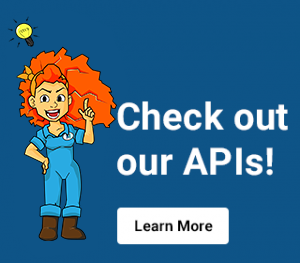Mobile App Store SEO
February 10, 2012Mobile Moxie on the Road, Part 2
Presented in Sydney, Australia; April 2011
How To Optimize for Search in App Stores
In this presentation we explore the tactics you can use to optimize your mobile phone applications for the search engines. Make sure to look at the AppStore SEO slide deck to see the graphs and visually represented data as you read along.
The decision to create a mobile phone app in this bustling marketplace may not have been a difficult one to make, but figuring out how to get the word out and get your app found in the marketplace may prove a bit more challenging. There are now several app stores for many different types of phones, and each of those stores has different features that you must consider when optimizing your listing. The Apple AppStore is no longer the only contender – don’t forget about the Android Marketplace, the Amazon AppStore, Nokia Ovi and BlackBerry AppWorld. There are also various smaller app marketplaces and app aggregators to explore if you have the resources. If you do have apps in multiple marketplaces, you want to optimize for each of them and, if possible, track them separately.
The projected market share for application marketplaces in 2011 has the Apple AppStore taking the majority of downloads, at 50%. Nokia Ovi is expected to comprise 20% of downloads, BlackBerry AppWorld comes in at 10%, and all others are expected to fill in the final 20%. The ‘others’ category would include WinMo, Palm, etc. No matter how you paint the picture, the demand for apps is rising as more and more people purchase smart phones with application compatibility.
Getting Started with AppStore SEO
First things first. You must make a good application! It doesn’t matter how great your SEO is if people are just going to delete your app. Once you’ve built a great application, start by optimizing the app name and description for the store. While it may be tempting to choose a quirky name or a play on words, don’t do it. Use words that describe exactly what your application does. This simple advice will go far!
Next, make sure to categorize your application correctly. If you have built a reference tool for bird watchers, do not file it under games. Make sure to choose relevant categories and sub-categories. This will give you more exposure to the audience who is looking for your service.
Finally, don’t forget about your other traffic driving entities. Link to your application from your website and promote it to visitors. Purchase PPC ads, both mobile and conventional. Reach out to bloggers and media sources who are interested in your content area. Use social media and email advertising to drive interest and desire for your application. Using the infrastructure you already have will go a long way. If you have an email list of 10,000 people, or a Facebook page with 750 ‘likes’ you certainly want to leverage those resources to get the word out about your application.
SEO Tips and Tricks for App Stores
App store optimization is important in 2 places: within the app store itself, and in conventional search results like Google and Bing. You may not realize it, but many app stores have begun creating HTML pages for each application in the store. By optimizing your store listing you will have a better chance of ranking the app directly in Google and Bing results when people search for a service/game/application that you offer. Here are the different ranking factors that are important for Google/traditional search, compared to those important for App Stores:
• Choosing a good name: Include keywords and brand names in the name of your application. Do not use any special characters, symbols, especially trademark or copywrite. Also, avoid little known acronyms or specialized vocabulary. Remember that the title of your app will be ported everywhere! In many cases, it will be used in the URL, title tag, description tag, alt tags and heading tags.
• Choose a good price: The two most highly searched terms in the AppStore are ‘cheap’ and ‘free.’ Make sure you always offer a free LITE version of your app. Make sure to say that your paid or full version is ‘cheap’ in the description. Also make sure to include both of these words in the keywords or title – not just in the description! Do research and find out how many cheap and free apps are in your category to get a better understanding of the marketplace. In some cases you may have significantly less competition in on group or the other.
• Categorize your app appropriately: Think about the application from a user perspective. Do research on the different categories where your app may belong. Choose the category with the least competition that is still relevant, and make sure you are also ‘keyword competitive’ by checking out the keyword strategies of your competition.
For graphs, charts and a few bonus tips about phone app SEO, make sure to view the AppStore SEO slide deck!

